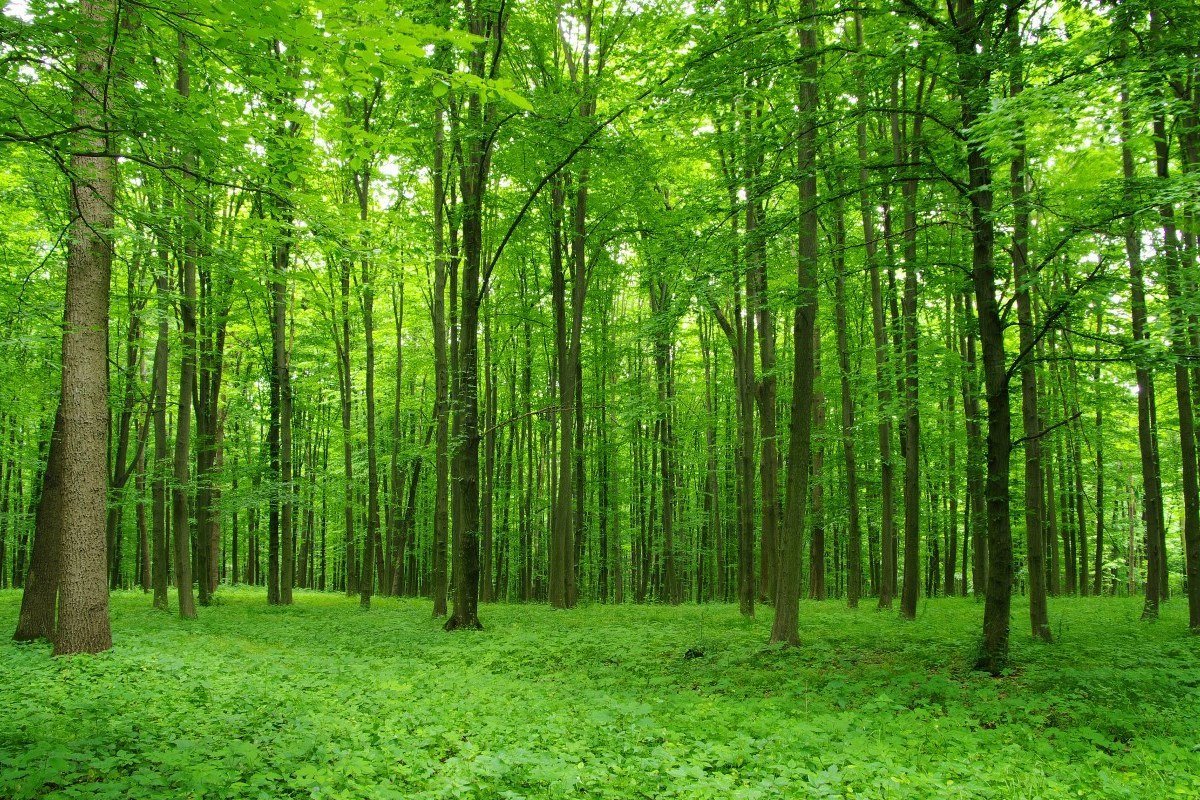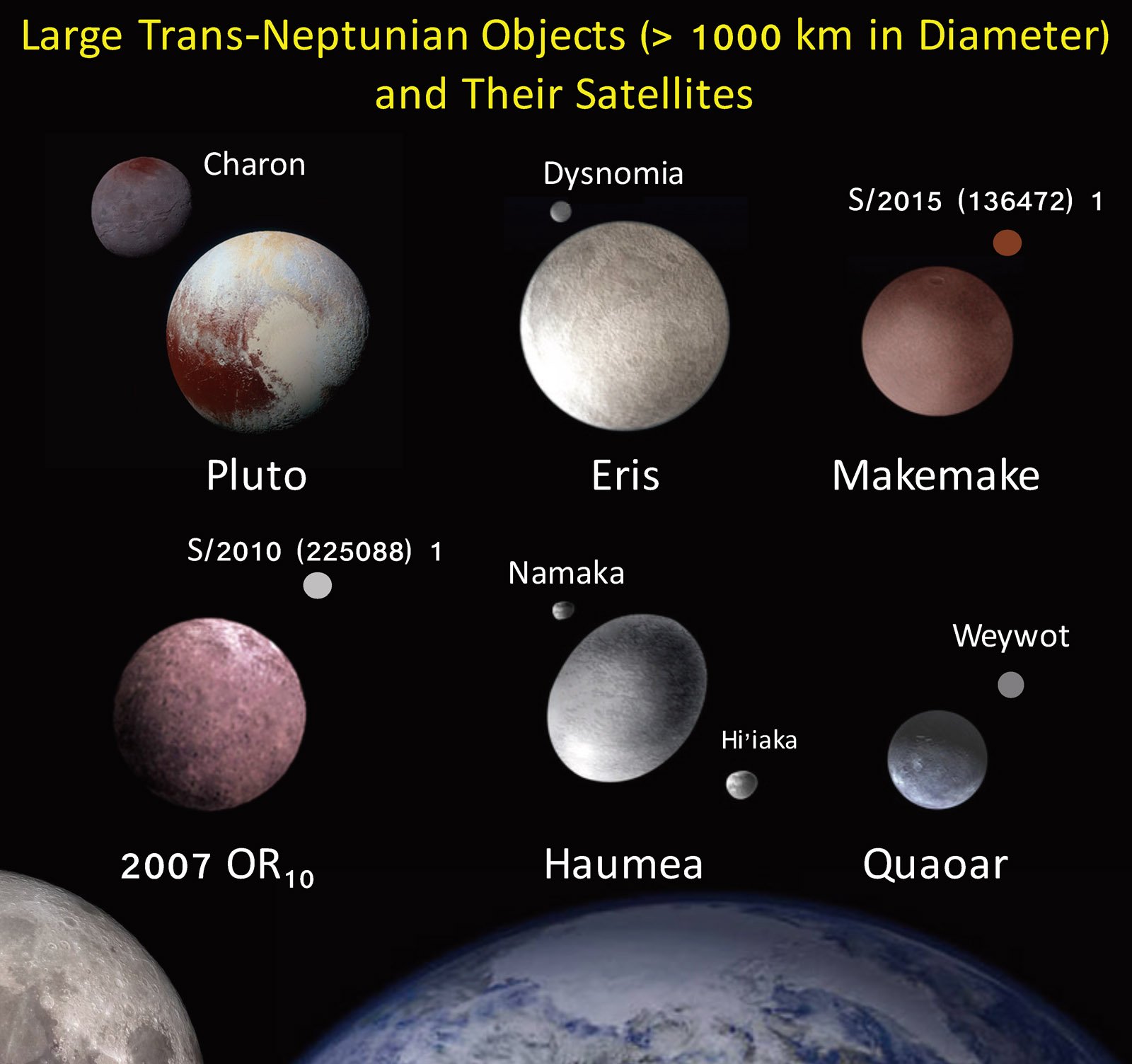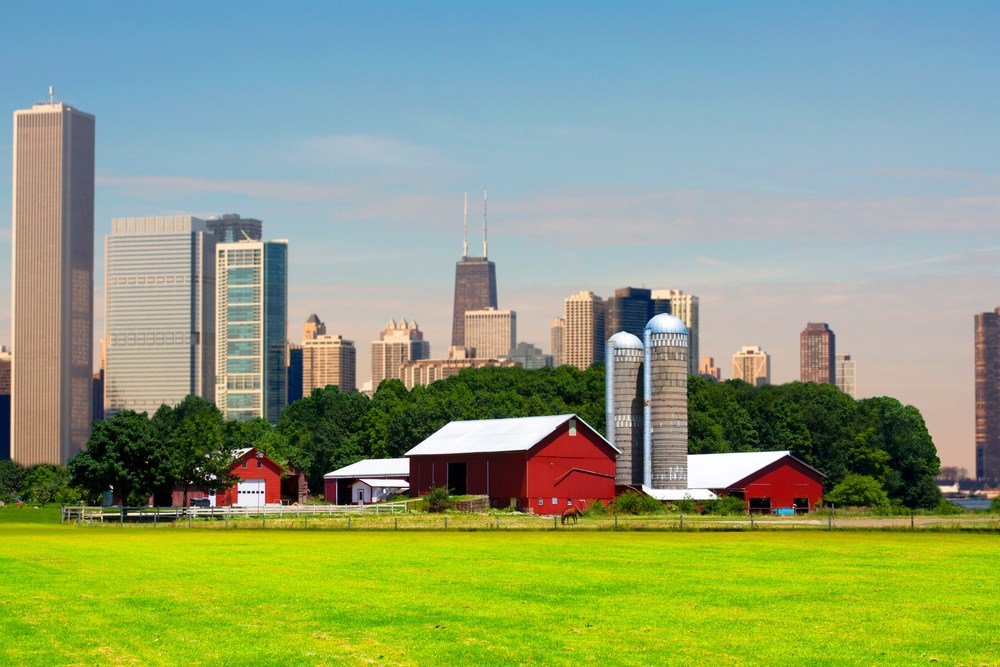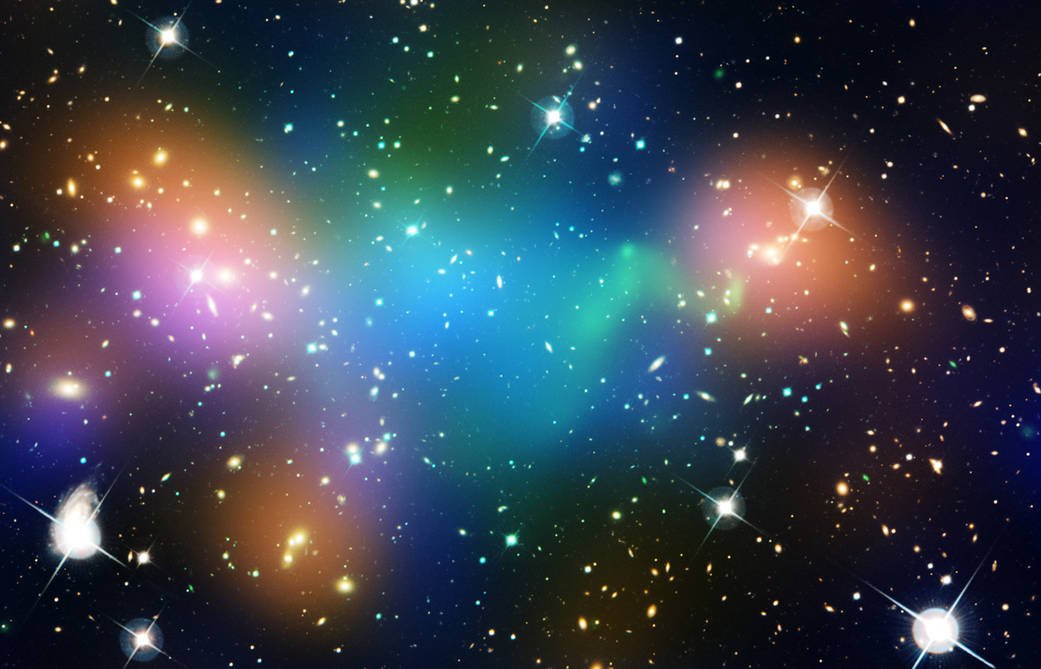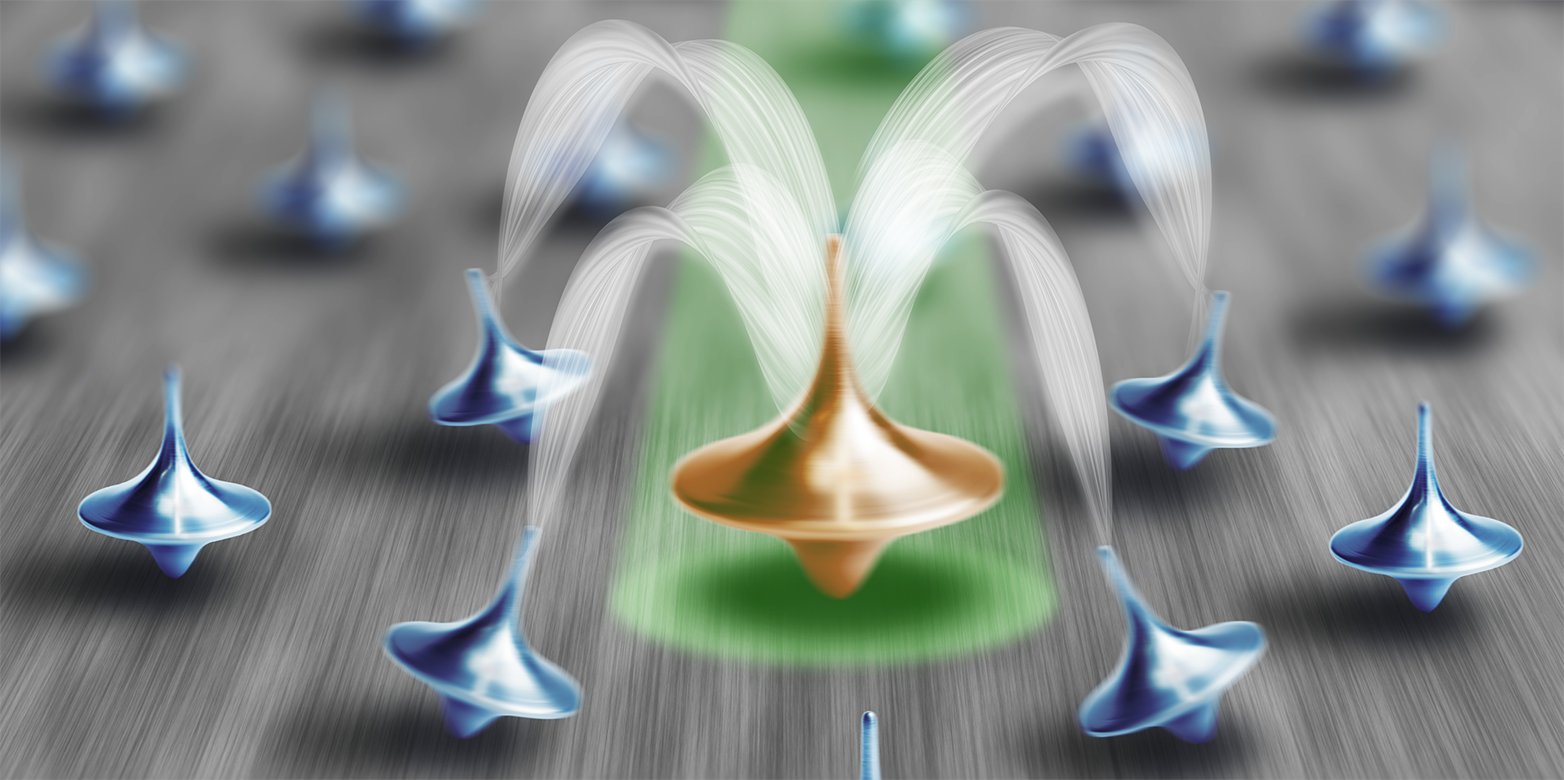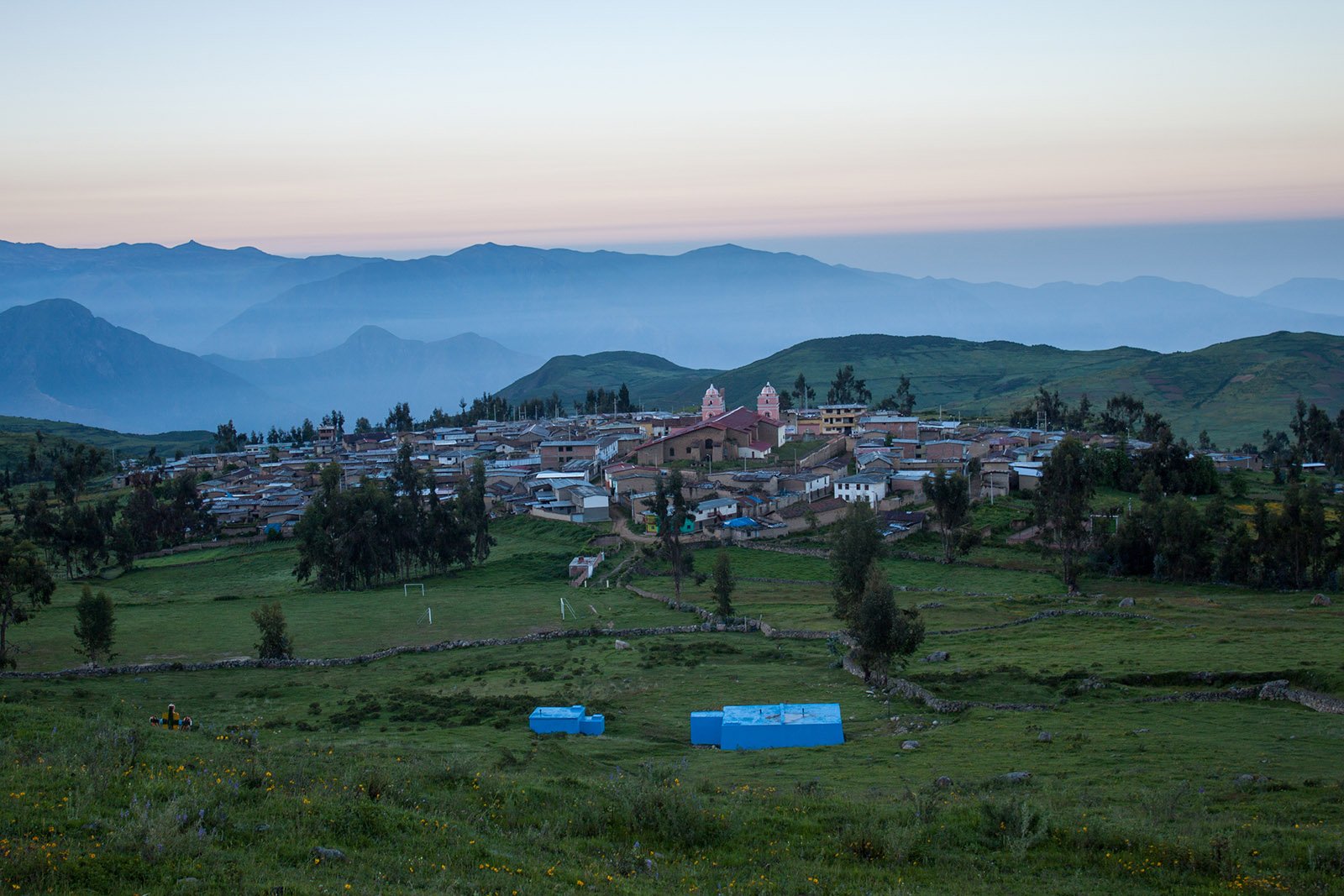How the brain helps us make good decisions – and bad ones
A prevailing theory in neuroscience holds that people make decisions based on integrated global calculations that occur within the frontal cortex of the brain. However, Yale researchers have found that three distinct circuits connecting to different brain regions are involved in making good decisions, bad ones and determining which of those past choices to store … Read more


